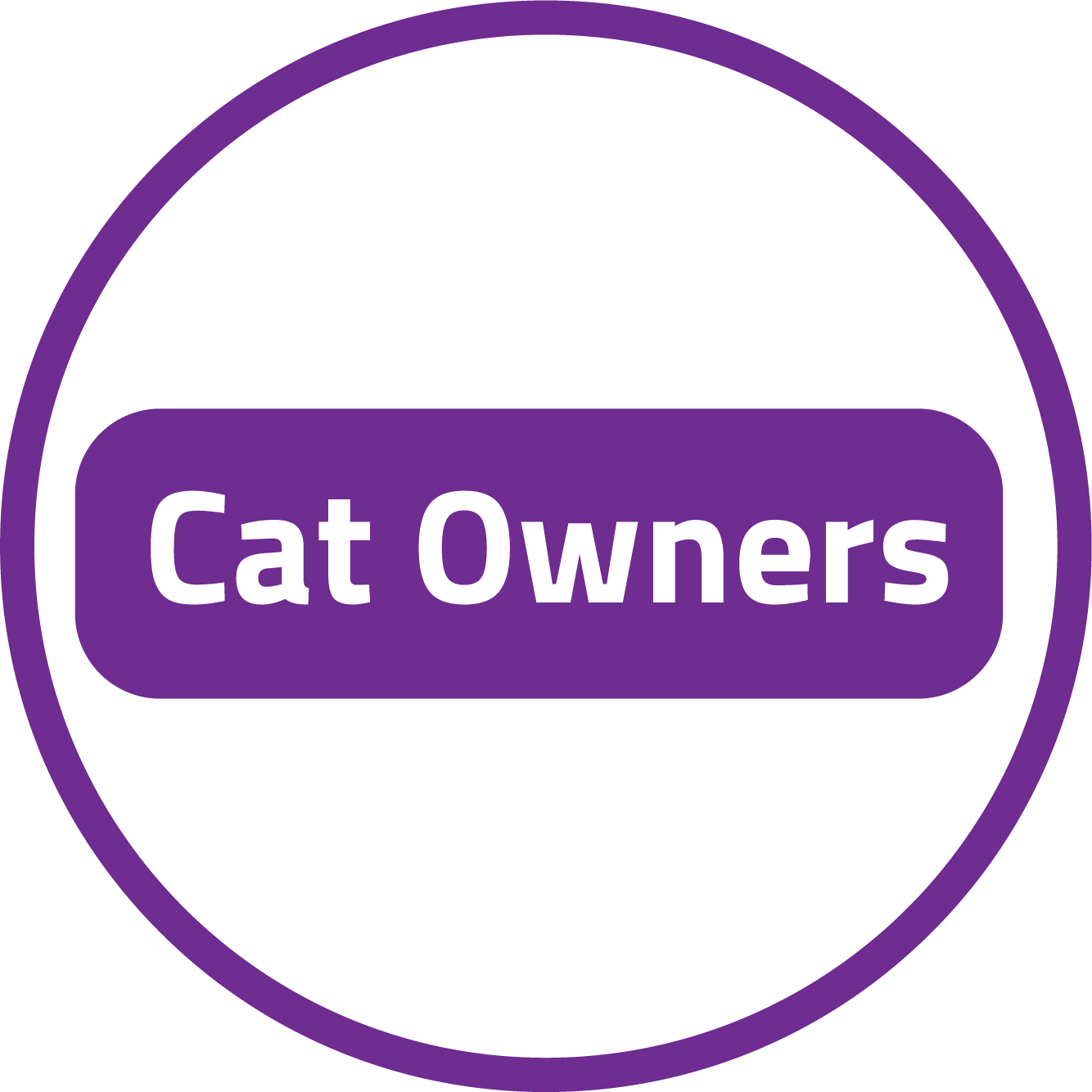Bladder stones, also known as uroliths, are a common problem found in the urinary tract and urinary bladder of domestic cats. The crystals form around minerals found in your cat’s urine and, when found in significant numbers, can damage the bladder lining, leading to urinary tract infections (UTI) and blood in your pet’s urine.
Felines with struvite stones, the most common cat urolith, typically present with highly-concentrated urine, symptoms of a UTI, and a high alkaline pH in the urine. If your cat is diagnosed with a minimal number of bladder stones, your vet will probably recommend changing your pet’s diet to a more acidic base in hopes of dissolving the stones before resorting to surgery to remove them.
The Acidic Diet
Most veterinary prescription diets formulated for cats with bladder stones contain lower levels of magnesium and phosphorus than does regular cat food. These lowered mineral levels increase the acid content of your cat’s urine in an effort to dissolve the struvites. Additionally, the food is higher in caloric density to help your cat eat less, thus lessening the amount of minerals excreted in feces. Higher sodium levels increase your pet’s urination in an effort to rid the urinary tract of crystals and the bacteria causing the UTI.
Your cat will need periodic veterinary monitoring while she’s on her bladder stone diet. Veterinarians normally run lab tests on your pet’s urine, testing for new crystal formation and bacteria, and you may be asked to bring in a urine sample. You can go to our Where To Purchase page on our Kit4Cat website if your vet doesn’t have our hydrophobic sand kit, the best way to gather a feline urine sample, in stock. Your vet may also recommend taking abdominal x-rays to check for reduction of the number of bladder stones once the new diet has been in place for a few weeks.
Because of this meal plan’s high salt content, veterinarians commonly do not recommend feeding this food longer than two to three months. Your cat’s acid-base balance and renal function can be compromised if you feed longer than those time constraints. Once the uroliths are no longer present in your cat’s urine, she can be switched to a prescription food that normalizes her urine, prevents further formation of stones, and decreases the chance of recurring UTIs. She can always revert to the acidic diet should the bladder stones or the urinary tract infection recur.
Because of the higher water content in canned meals – instead of dry – your cat will recover faster if she is fed soft food. More water prevents dehydration and promotes urine production, particularly in older cats.
Veterinarians commonly recommend transitioning your pet from the old food to the new food over a week to ten days to avoid stomach upset. The amount of food per feeding depends on your cat’s weight, level of exercise, and temperament and needs to be decided by your veterinarian.
This diet is contraindicated for pregnant and/or nursing mothers and for kittens. Additionally, cats with high blood pressure, kidney disease, and congestive heart failure should not eat this food because of its high salt content.







